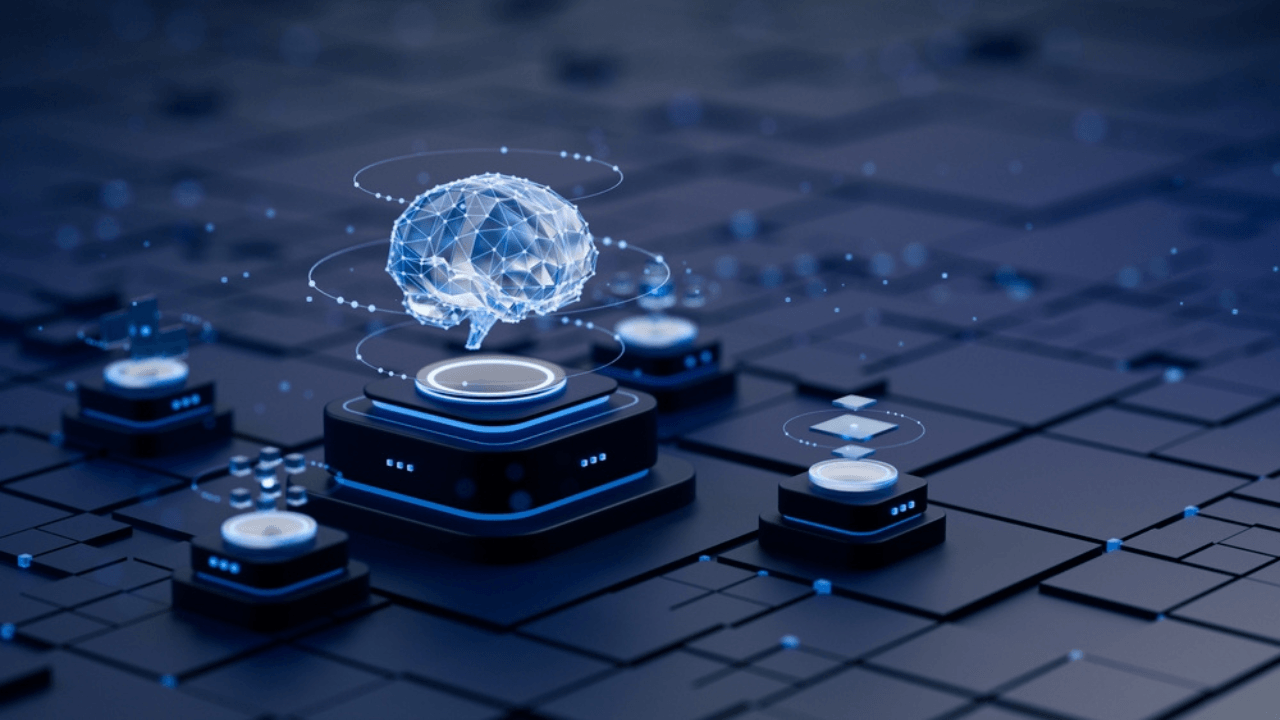Japan’s Toyama Prefecture is launching an artificial intelligence (AI) bear tracking system following increasing encounters with wildlife. This pilot program involves monitoring live feeds from various security cameras to identify areas where bears come too close to human habitats.
Artificial intelligence detects bears
Artificial intelligence, categorizes moving objects as bears or other objects. These cameras are used both by utility companies and as part of existing government surveillance and disaster management efforts. If successful, other states may adopt this system using government, private and commercial cameras.
Founded along the rivers between the mountains and the city of Hanamaki in Iwate Prefecture 30 cameras A similar pilot study was already being conducted with . In these regions where Ussuri brown bears are frequently seen, the monitoring center is notified when a bear is detected and this information is then distributed to the local population.
People crossing paths with Asian black bears or Ussuri brown bears is becoming a growing problem in Japan. This could potentially be due to the animals’ dwindling food resources. Japan’s declining and aging population also contributes to the bears not being frightened away.
The government began formulating its bear prevention plan in February, but the use of artificial intelligence to repel bears goes back much further. Nagaoka City in 2022 A bear infestation control system was established in a national park located on the hilly western side.

This cloud based monitoring systemIt includes an artificial intelligence analysis function and sensor cameras that email images to appropriate personnel. The AI can correctly detect the moon in 86 percent of color photos and 44 percent of black and white ones.
Unfortunately, the system can often misidentify raccoons, dogs, and badgers as bears. Still, the use of artificial intelligence reduces labor costs by 20 percent. It’s clear that recent AI improvements have made the technology more reliable, or at least safer than the average bear. It is hoped that it makes him smarter.

What might be the potential advantages and disadvantages of using AI in wildlife management in this way? You can share your thoughts about this technological breakthrough with us in the comments section below.

